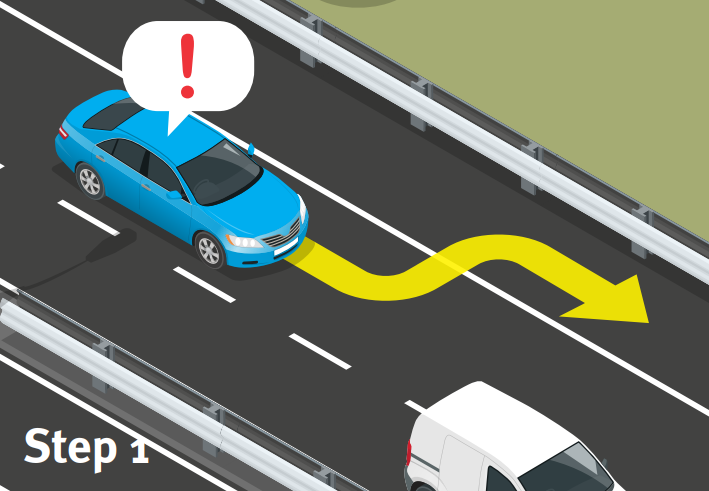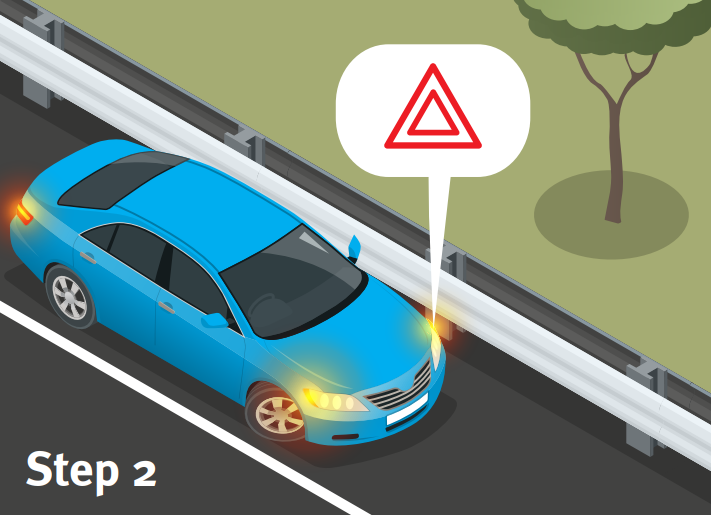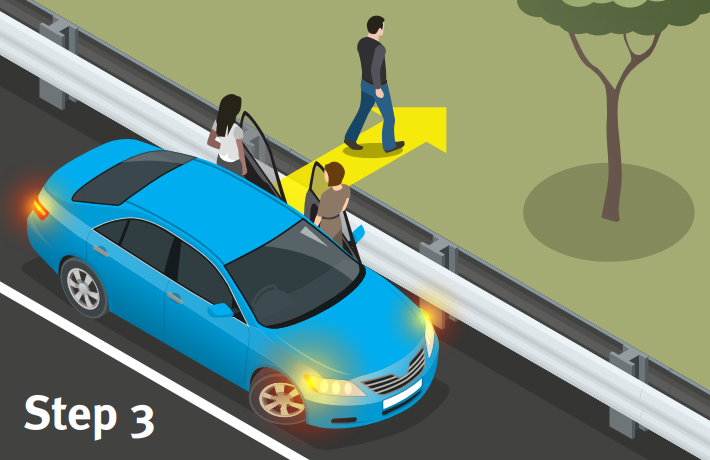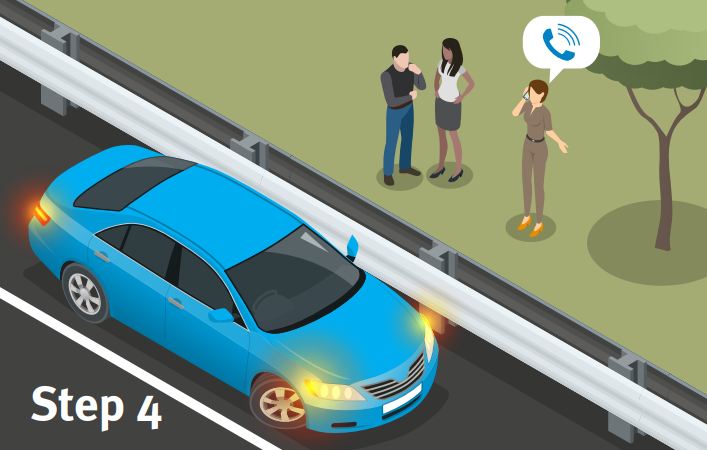Video transcript
Breakdowns can be dangerous.
On a motorway, they can be terrifying.
So if it happens to you, here are some safety tips.
Activate your car’s hazard lights, limp to an exit if possible, or pull your vehicle onto the shoulder of the road as far away as possible.
Turn the wheels away from traffic and stop the vehicle.
Check you are clear of traffic.
When safe, release your seat belt, grab your phone, and safety vest if you have one, and exit to the left.
Move to a safe location and call your roadside assistance provider or 13 19 40.
If you don’t have a mobile phone and it isn’t safe to walk to a telephone, stay with your car and wait for help.
Do not walk along highways and do not attempt repairs.
It’s not worth the risk.







